Achieving a **30 dart leg average** is a significant milestone for any darts player, marking the transition from beginner to intermediate skill levels and indicating a consistent ability to check out efficiently. This article will explore what a **30 dart leg average** truly means, how it compares to other averages, and practical strategies to help you improve your own game and consistently achieve this benchmark.
⚠️ Still Using Pen & Paper (or a Chalkboard)?! ⚠️
Step into the future! The Dart Counter App handles all the scoring, suggests checkouts, and tracks your stats automatically. It's easier than you think!
Try the Smart Dart Counter App FREE!Ready for an upgrade? Click above!
Understanding the Significance of a 30 Dart Leg Average
A **30 dart leg average** signifies that, on average, you are completing a leg of 501 in 30 darts. This includes scoring and finishing, highlighting both your consistency in hitting trebles and your efficiency in finishing doubles. It’s a good standard that reflects a solid, developing dart game. It places you within a competitive recreational range, and demonstrates clear progress from novice or beginner levels.
Many factors can influence your **leg average**. From the quality of your equipment to your mental state on the oche, every element plays a role. Understanding these factors is the first step towards improvement.
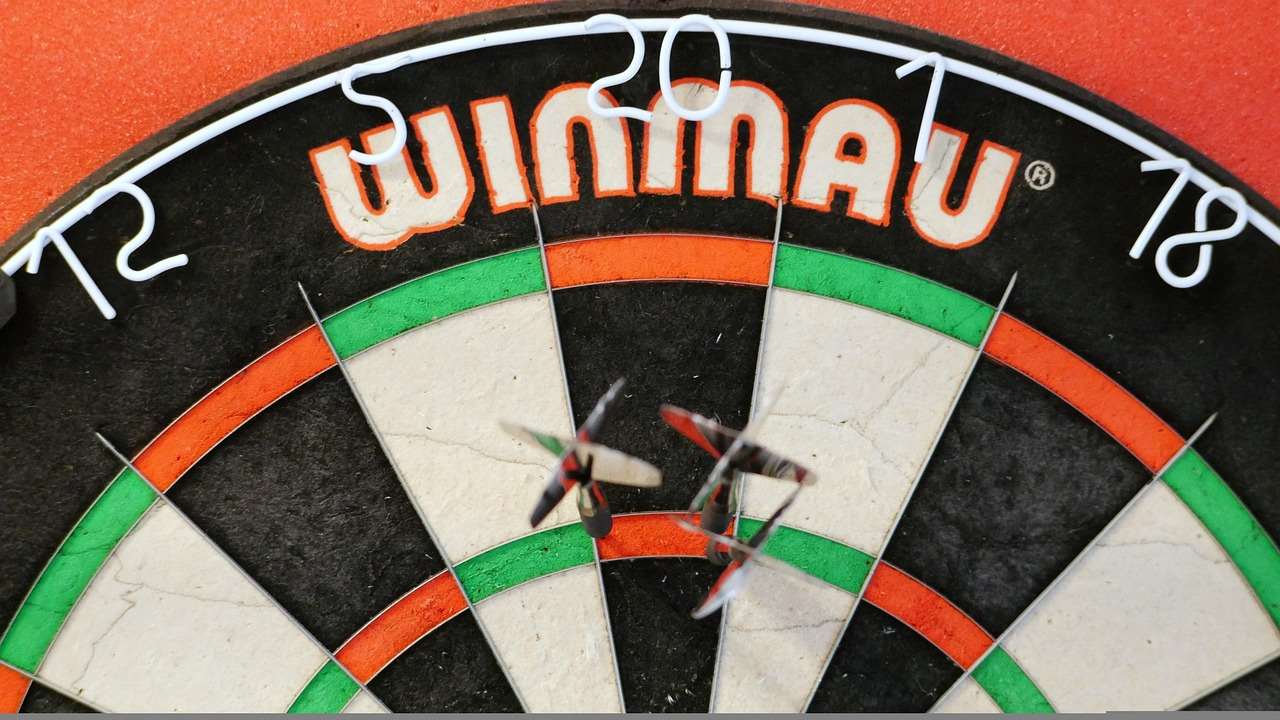
Factors Contributing to Your Dart Average
Your **dart average** isn’t just about natural talent; it’s a reflection of multiple interconnected elements working in harmony. Here’s a breakdown of key areas to focus on:
Equipment Choice
The right **darts equipment** can make a significant difference. Consider these aspects:
- Dart Weight: Experiment to find a weight that feels comfortable and controllable. Most players use darts between 22 and 26 grams.
- Dart Shafts: The dart shaft length effect can affect dart flight. Shorter shafts often cause a steeper angle, while longer shafts provide more stability.
- Dart Flights: Flights influence dart trajectory and stability. Standard flights are popular, but try different shapes (slim, kite, etc.) to see what works best for you.
Technique and Consistency
A repeatable throwing motion is crucial for consistent scoring:
- Stance: Find a stance that feels balanced and allows for a smooth swing.
- Grip: Maintain a consistent grip, avoiding excessive pressure.
- Release: Focus on a clean release, following through towards the target.
Mental Game
The mental aspect of darts is often overlooked but is just as important as physical skill. Maintaining a positive attitude and managing pressure can significantly improve your performance. Consider trying to learn more about darts how to aim for better success.
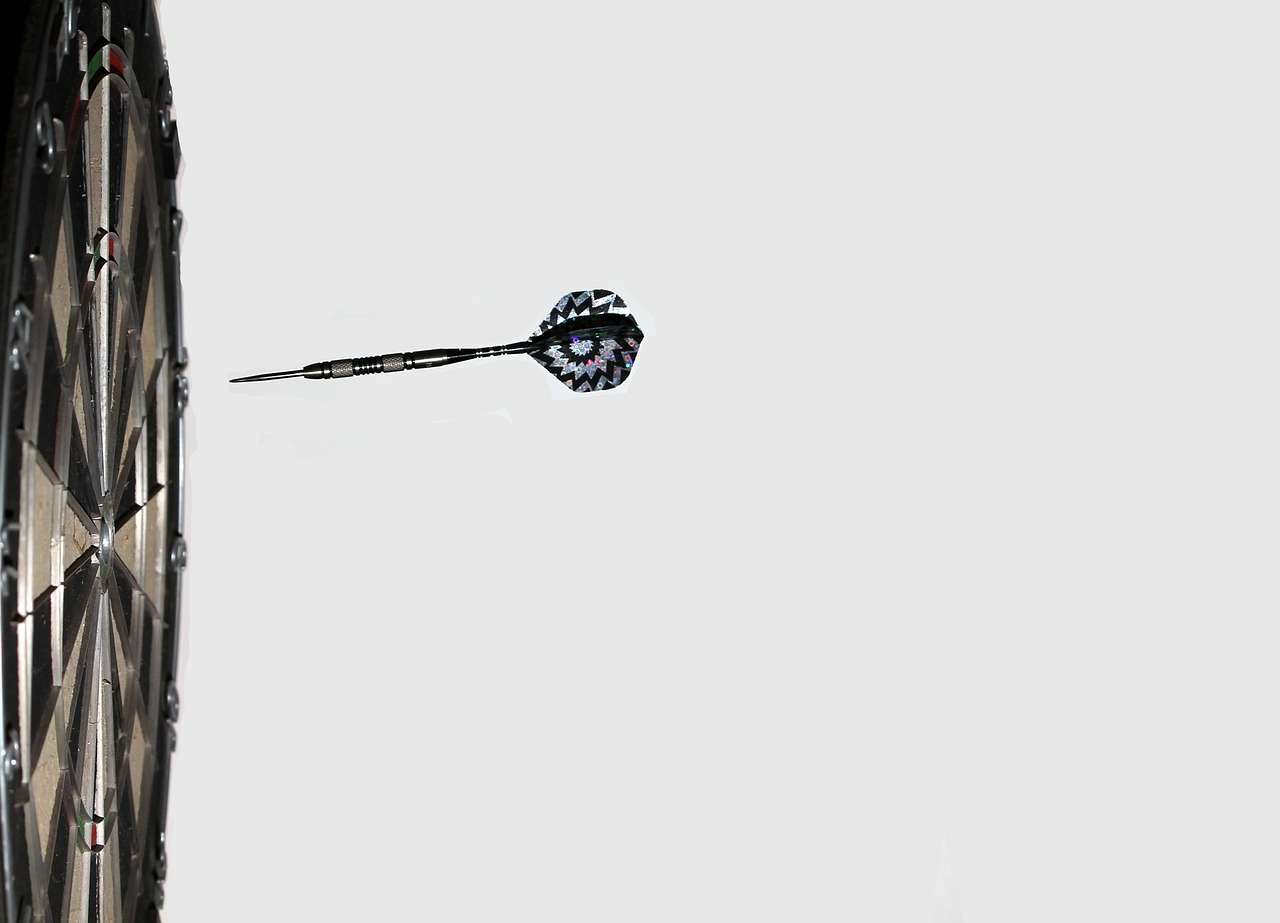
Comparing a 30 Dart Leg Average to Other Skill Levels
To truly appreciate the significance of a **30 dart leg average**, let’s compare it to other average ranges:
- Beginner (45+ darts per leg): Inconsistent scoring, frequent missed doubles, and limited strategic play.
- Novice (35-45 darts per leg): Developing consistency, occasional decent scores, and improved double hitting.
- Intermediate (30-35 darts per leg): Regularly hitting trebles, improved double accuracy, and basic strategic thinking.
- Advanced (25-30 darts per leg): Consistent high scoring, proficient double hitting, and strategic gameplay.
- Professional (15-25 darts per leg): Exceptional scoring power, near-perfect double accuracy, and advanced strategic thinking.
Achieving a **30 dart leg average** places you squarely in the intermediate category, demonstrating a solid foundation and potential for further growth.
Related Darts Skills
Remember that increasing your skill level with a darts scoring app can help you improve your **dart average** over time. The Best darts scoring app can help track progress and help you focus on areas needing improvement.
Tips and Drills to Improve Your Dart Average
Improving your **dart average** requires dedicated practice and focused effort. Here are some actionable tips and drills:
Scoring Practice
- Treble 20 Focus: Spend time exclusively targeting the treble 20. Aim for consistency and group your darts tightly.
- 100-Point Challenge: Attempt to score 100 points (or more) in three darts. Vary your targets (T20, T19, etc.) to improve versatility.
Double Practice
- Around the Board Doubles: Start at double 1 and work your way around the board, hitting each double sequentially. This improves accuracy under pressure.
- Double In/Double Out: Practice starting and finishing legs on doubles to simulate match conditions.
Game Simulation
- Play Against Yourself: Treat each leg as a real match, focusing on strategy and mental toughness.
- Record Your Averages: Track your progress over time to identify areas of improvement.
Try to avoid some common dart throwing mistakes that might impact your leg average.
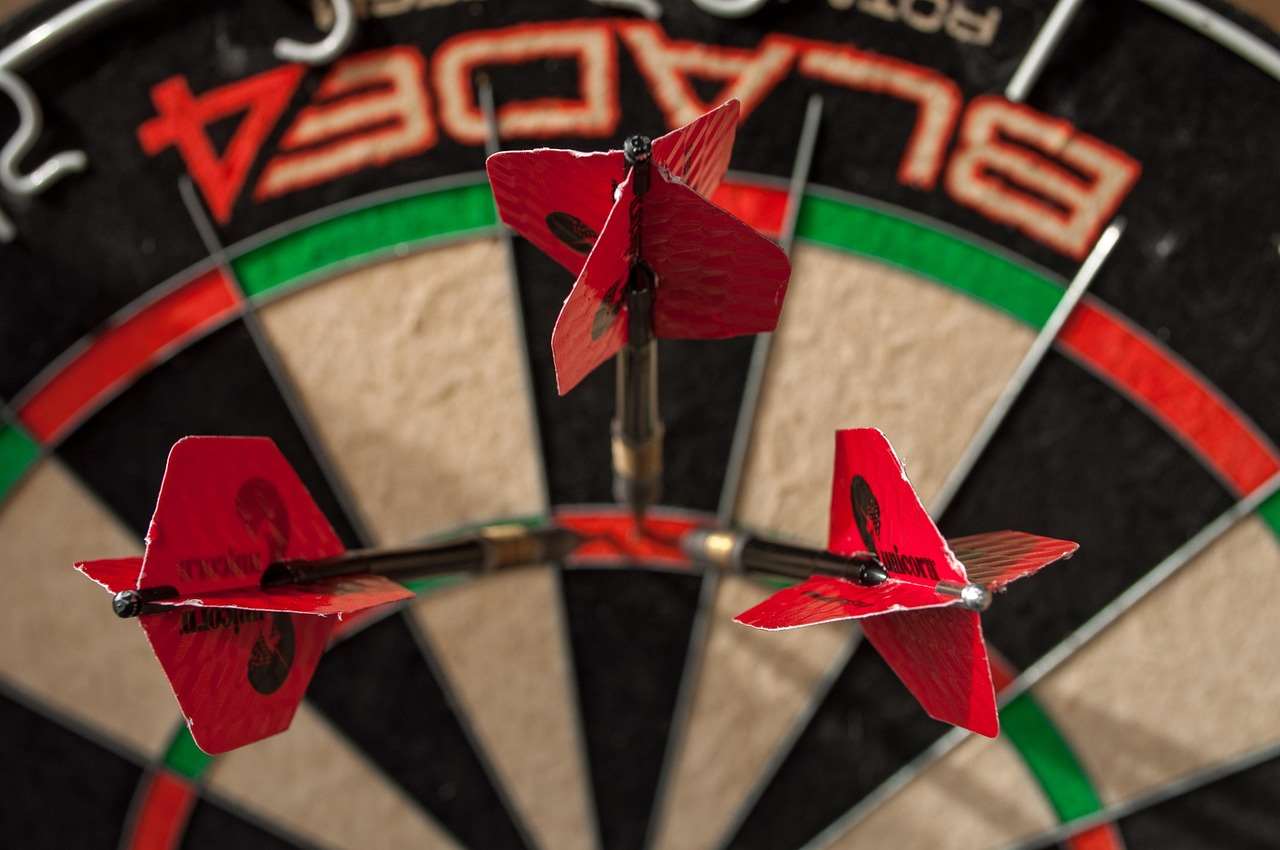
Common Challenges and How to Overcome Them
Even with dedicated practice, you may encounter challenges along the way. Here’s how to address some common issues:
Inconsistency
Problem: Fluctuating scores and inconsistent double hitting.
Solution: Focus on your technique, ensuring a consistent grip, stance, and release. Review videos of your throws to identify areas for improvement.
Pressure
Problem: Difficulty performing under pressure during matches.
Solution: Practice under simulated pressure. Play against stronger opponents, participate in tournaments, and visualize success.
Slumps
Problem: Periods of poor performance and decreased motivation.
Solution: Take a break, analyze your game, and refocus on the fundamentals. Try different practice routines or equipment to reignite your passion.
Advanced Strategies for Achieving a Higher Average
Once you’ve reached a **30 dart leg average**, you can explore advanced strategies to further improve your game:
- Strategic Checkout Routes: Learn different checkout combinations and choose the most efficient route based on your remaining score.
- Opponent Analysis: Study your opponents’ tendencies and weaknesses to exploit their vulnerabilities.
- Mental Conditioning: Develop mental resilience and focus through techniques like visualization and positive self-talk.
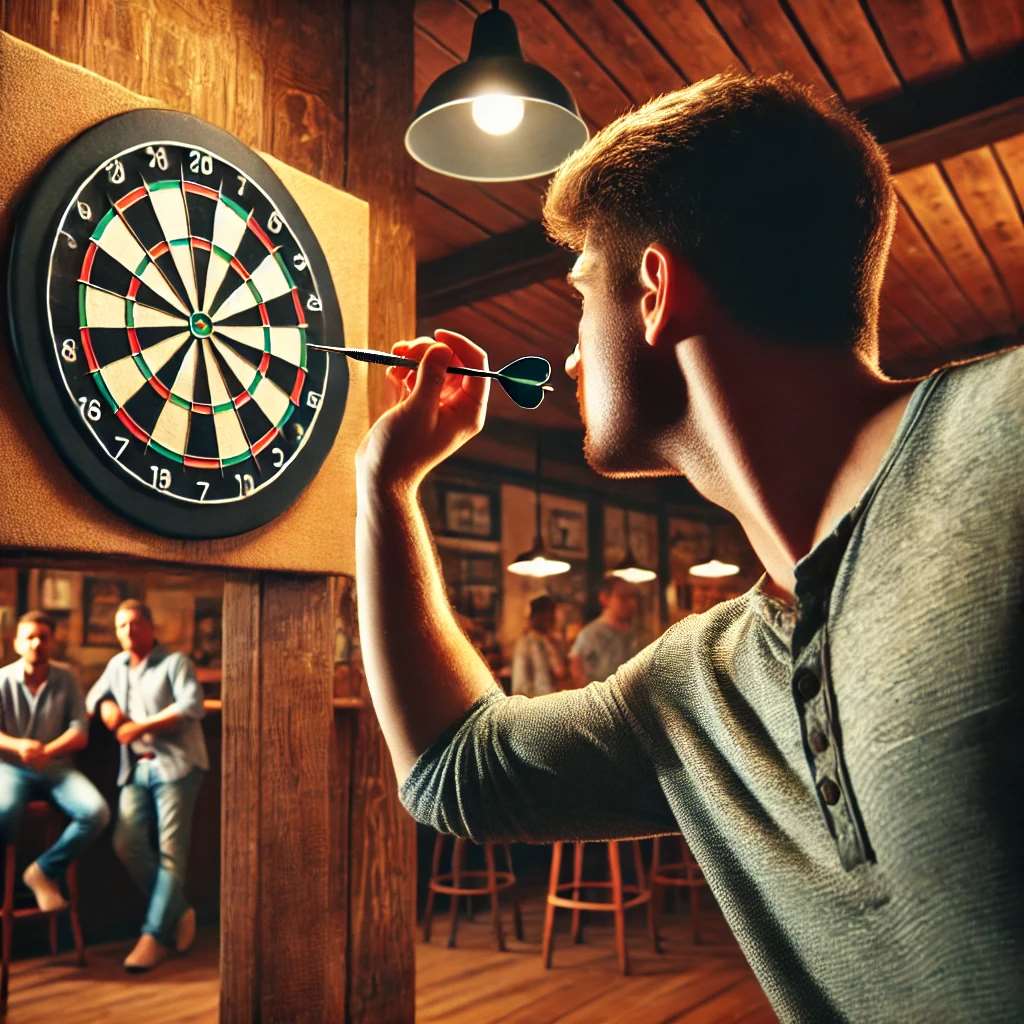
The Role of Technology in Dart Improvement
Technology can be a valuable tool for improving your dart game. Consider using darts apps and online resources to track your progress, analyze your performance, and learn new strategies.
You can even try out nakka darts counter apps.
- Dart Scoring Apps: These apps allow you to track your scores, averages, and other statistics, providing valuable insights into your performance.
- Online Dart Communities: Connect with other players, share tips, and receive feedback on your game.
- Video Analysis Software: Record your throws and analyze your technique in slow motion to identify areas for improvement.
Maintaining and Sustaining a 30 Dart Leg Average
Achieving a **30 dart leg average** is a great accomplishment, but maintaining it requires ongoing effort. Focus on consistent practice, continuous learning, and a commitment to improving your game. A consistent practice schedule is imperative. Even if it’s only for a few minutes a day, consistent engagement keeps your technique sharp and your mental game strong. Remember to also track your leg averages with the Best darts scoring app. Use a consistent methodology to calculate your averages, either manually or through a dedicated app. This helps you track progress and identify areas that require attention.
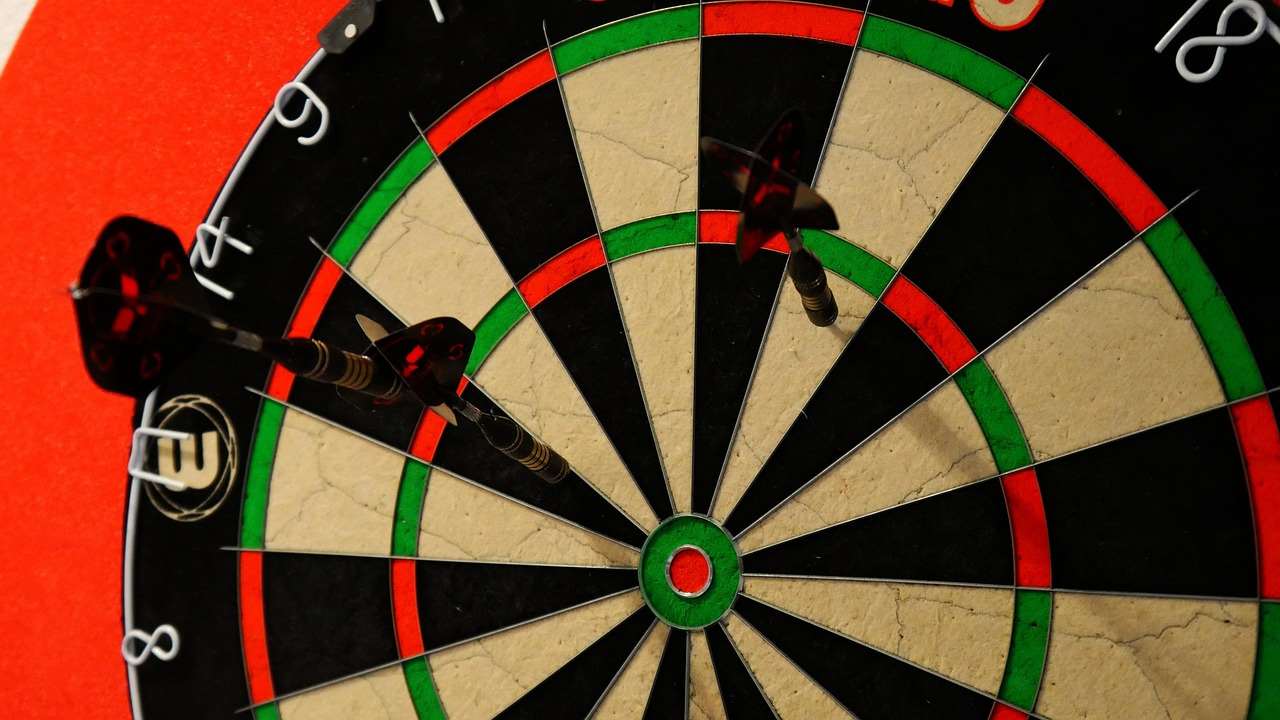
Conclusion
Reaching a **30 dart leg average** is a significant step forward in any dart player’s journey, showing a good grasp of both scoring and finishing. By understanding the factors influencing your average, implementing targeted practice drills, and addressing common challenges, you can consistently achieve this benchmark and continue to improve your game. Remember to track your progress, stay motivated, and enjoy the process of becoming a better darts player. Now it’s your turn to step up to the oche, put these tips into practice, and start improving your **30 dart leg average** today! Start playing and tracking your performance.
Hi, I’m Dieter, and I created Dartcounter (Dartcounterapp.com). My motivation wasn’t being a darts expert – quite the opposite! When I first started playing, I loved the game but found keeping accurate scores and tracking stats difficult and distracting.
I figured I couldn’t be the only one struggling with this. So, I decided to build a solution: an easy-to-use application that everyone, no matter their experience level, could use to manage scoring effortlessly.
My goal for Dartcounter was simple: let the app handle the numbers – the scoring, the averages, the stats, even checkout suggestions – so players could focus purely on their throw and enjoying the game. It began as a way to solve my own beginner’s problem, and I’m thrilled it has grown into a helpful tool for the wider darts community.